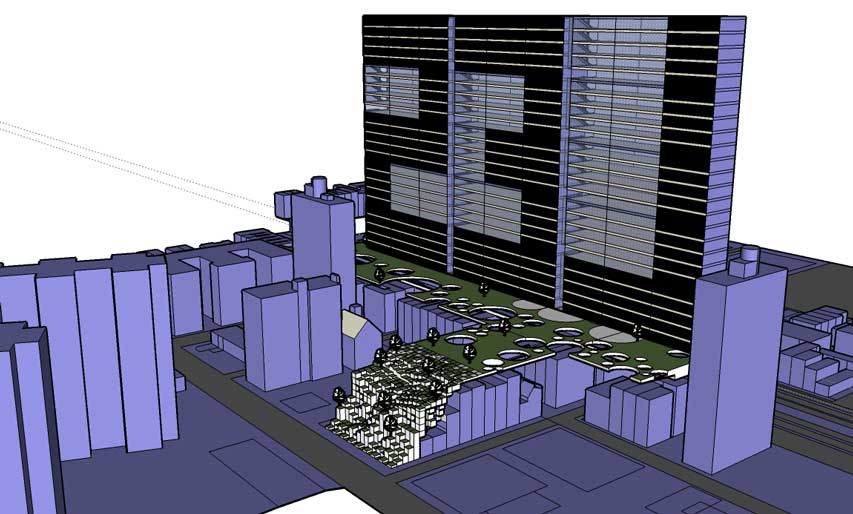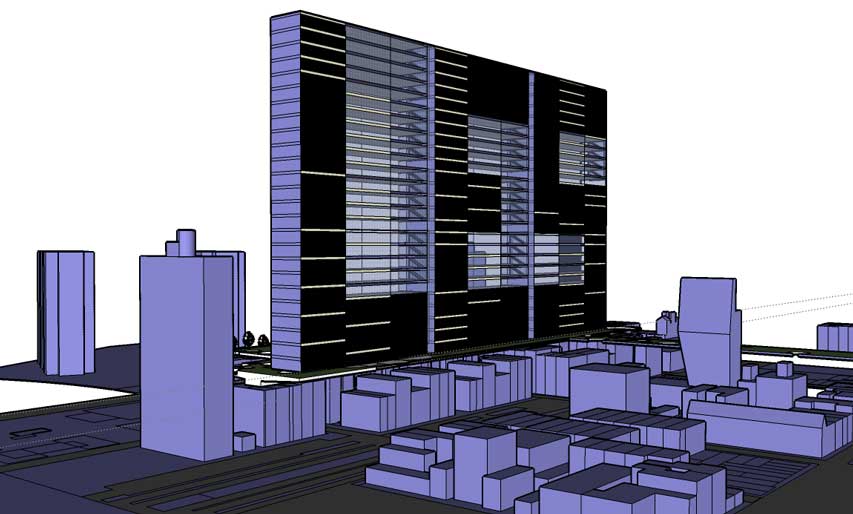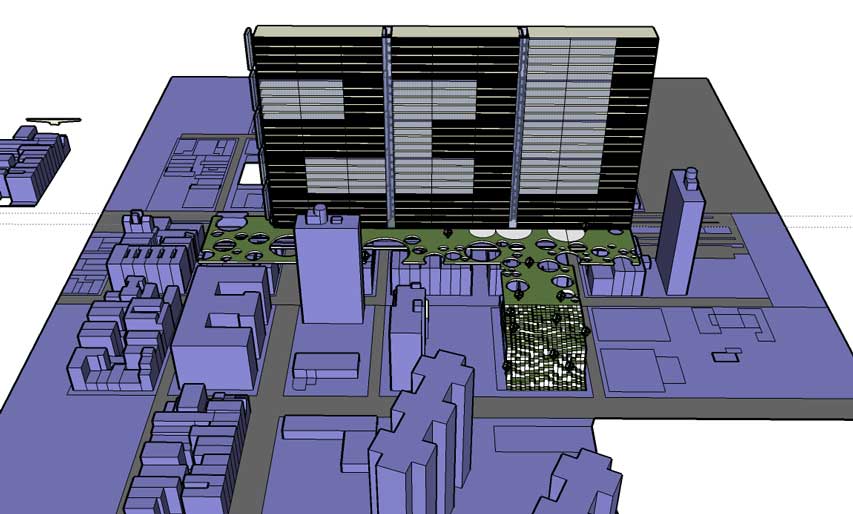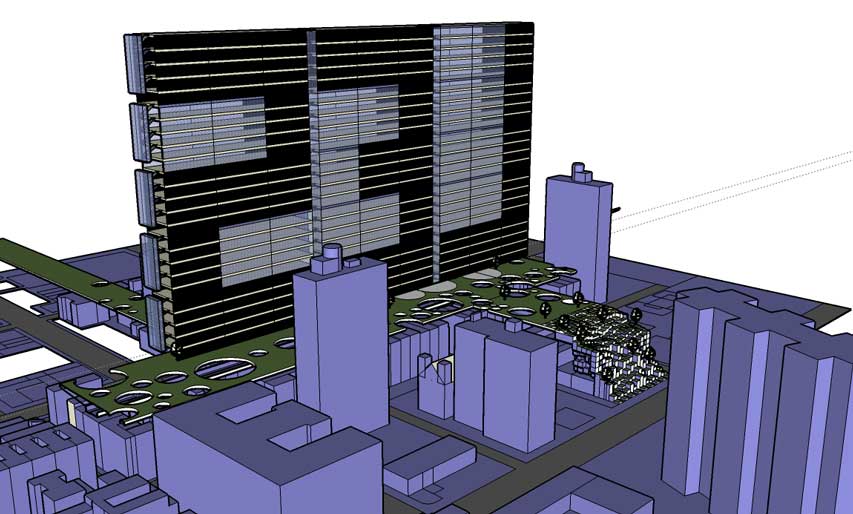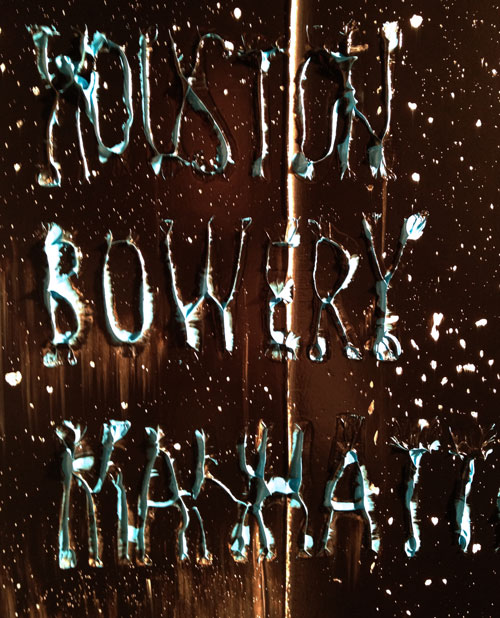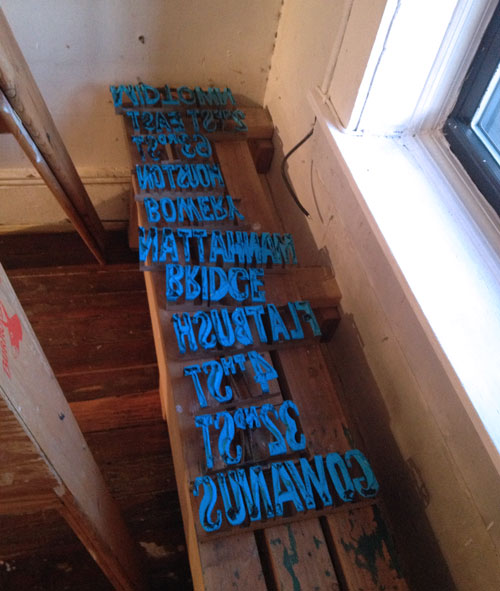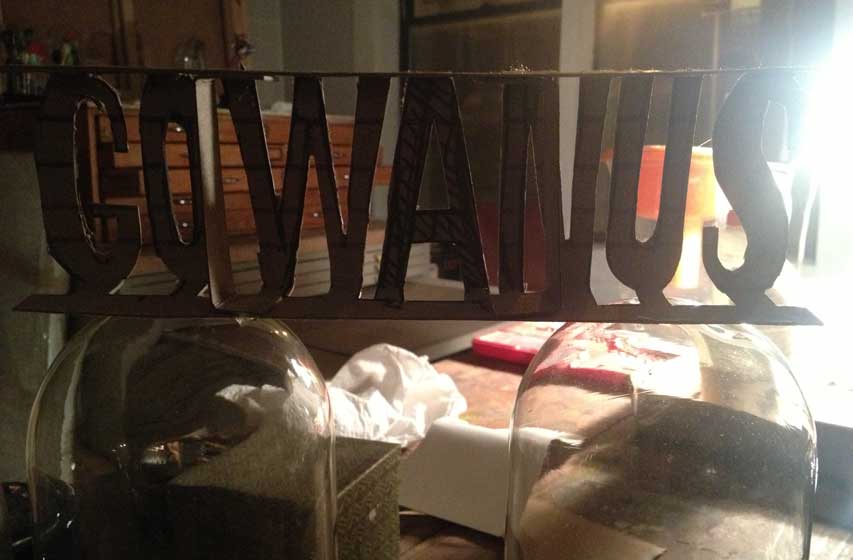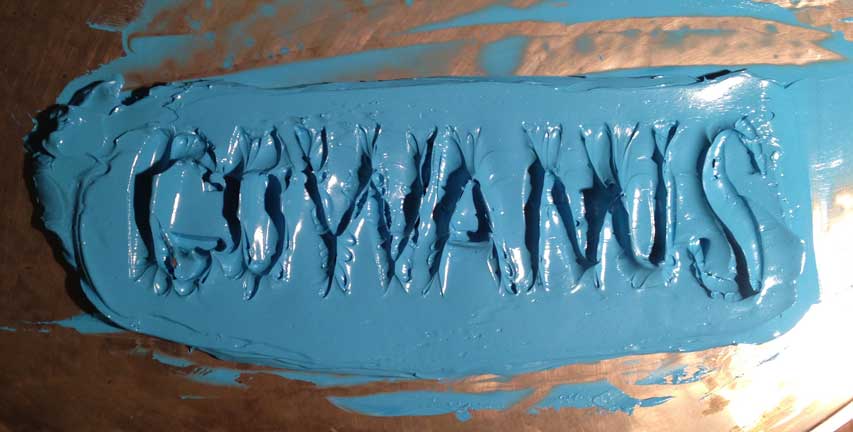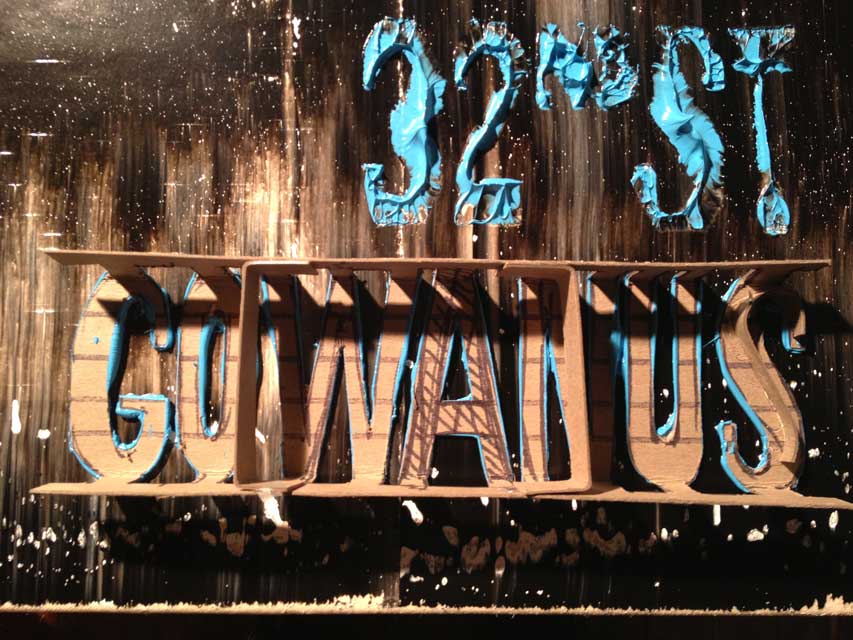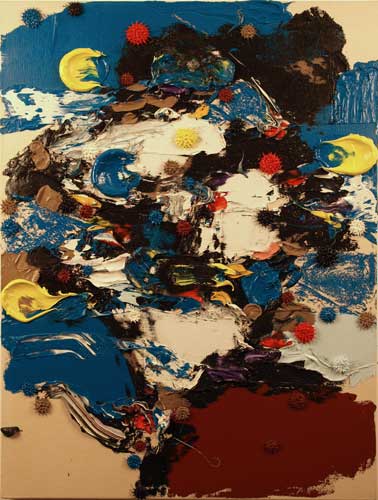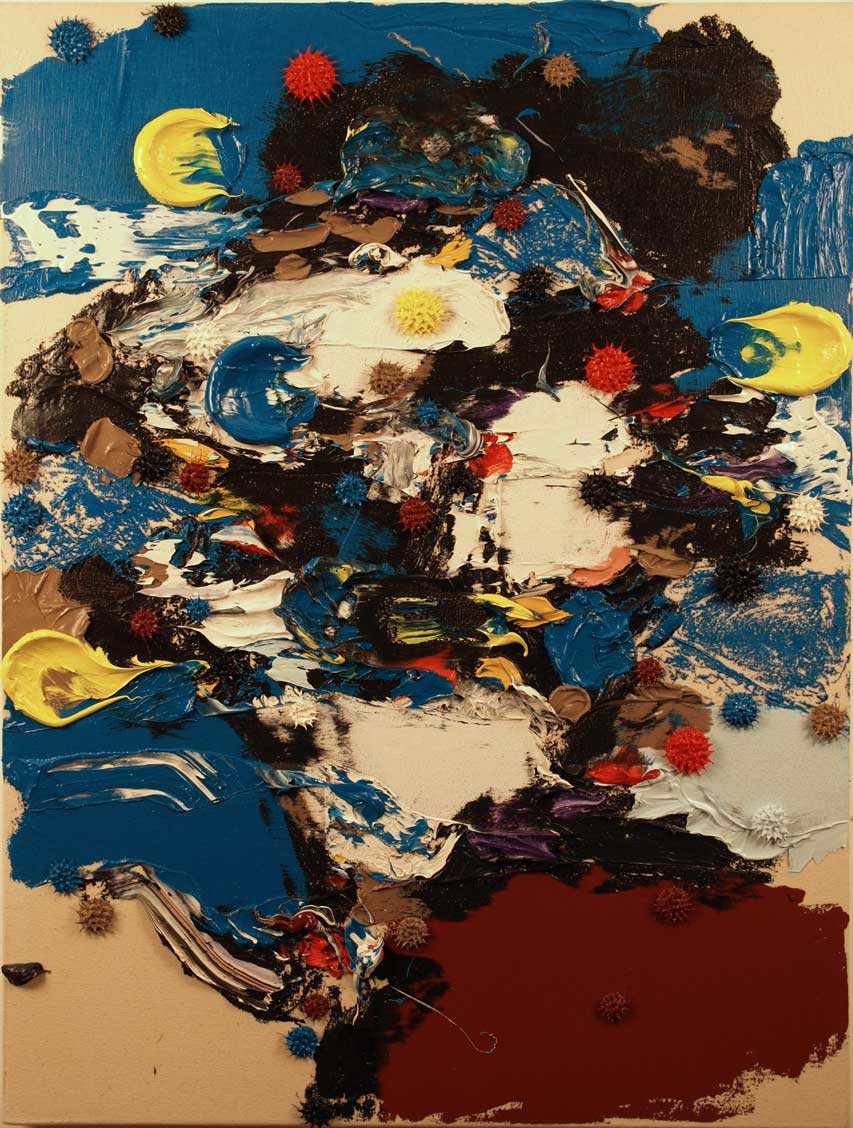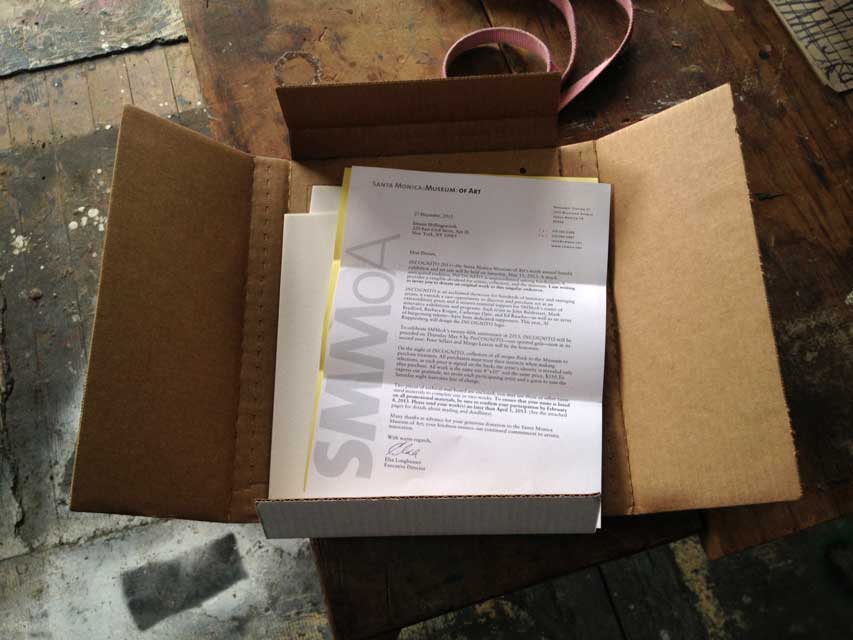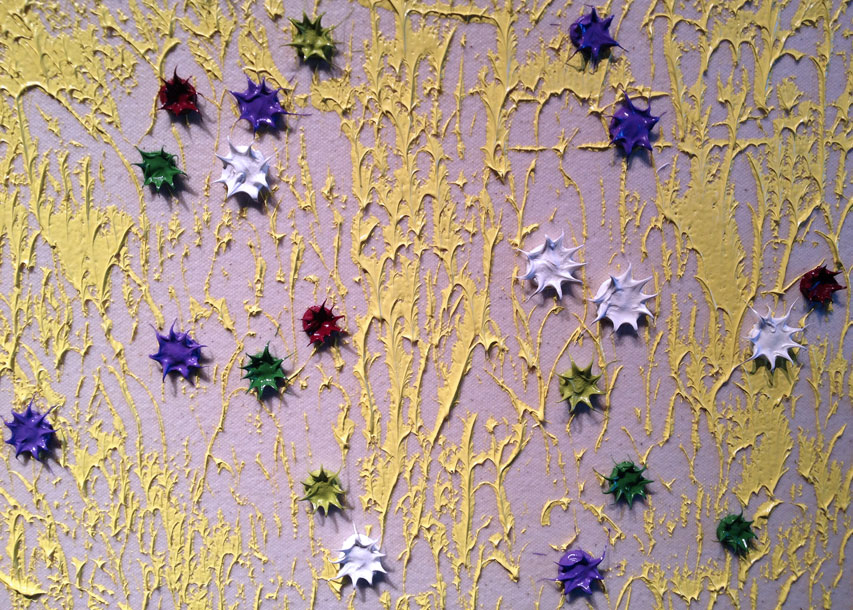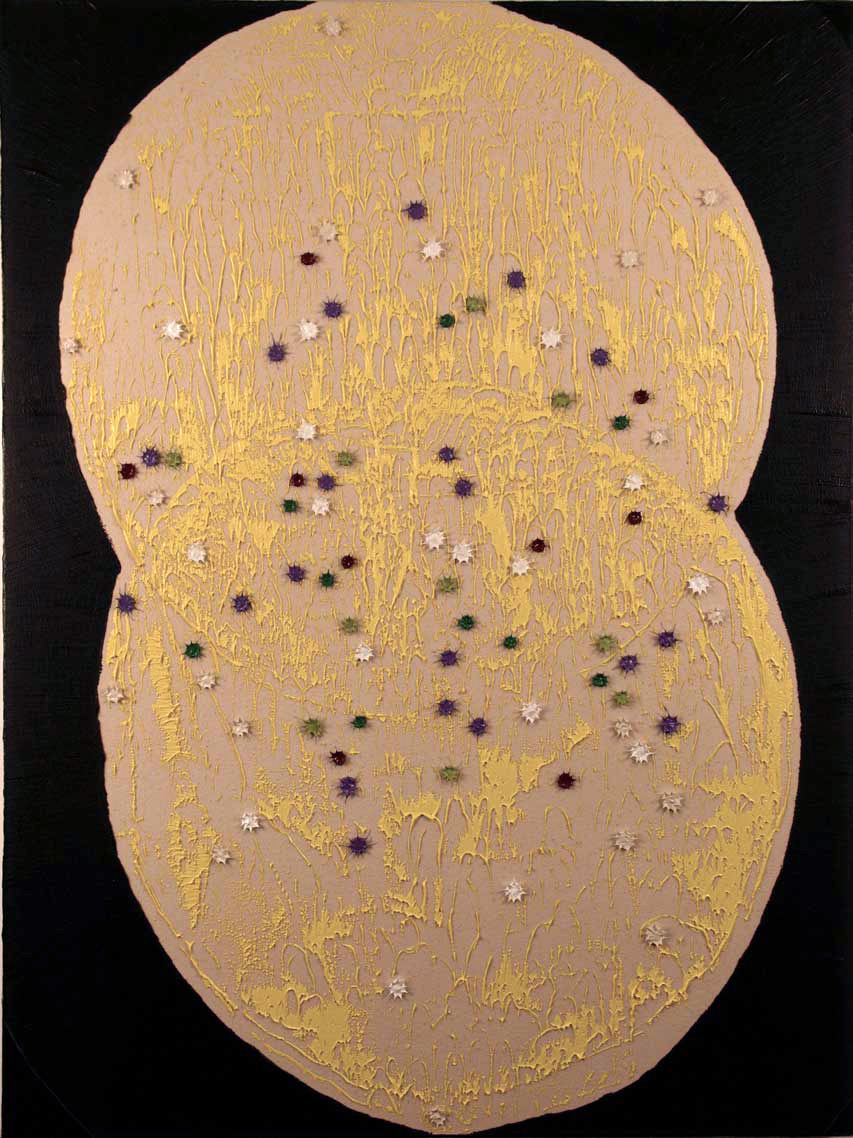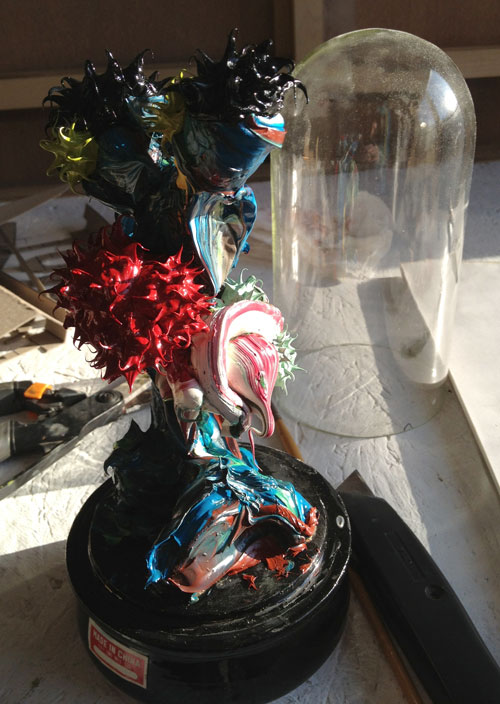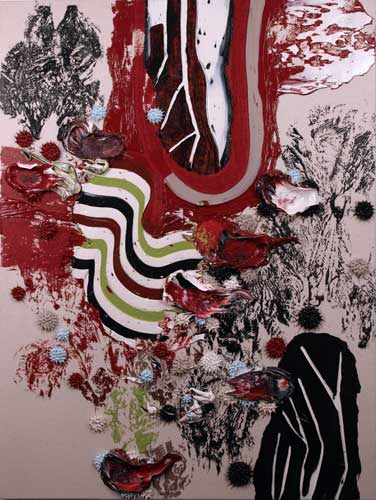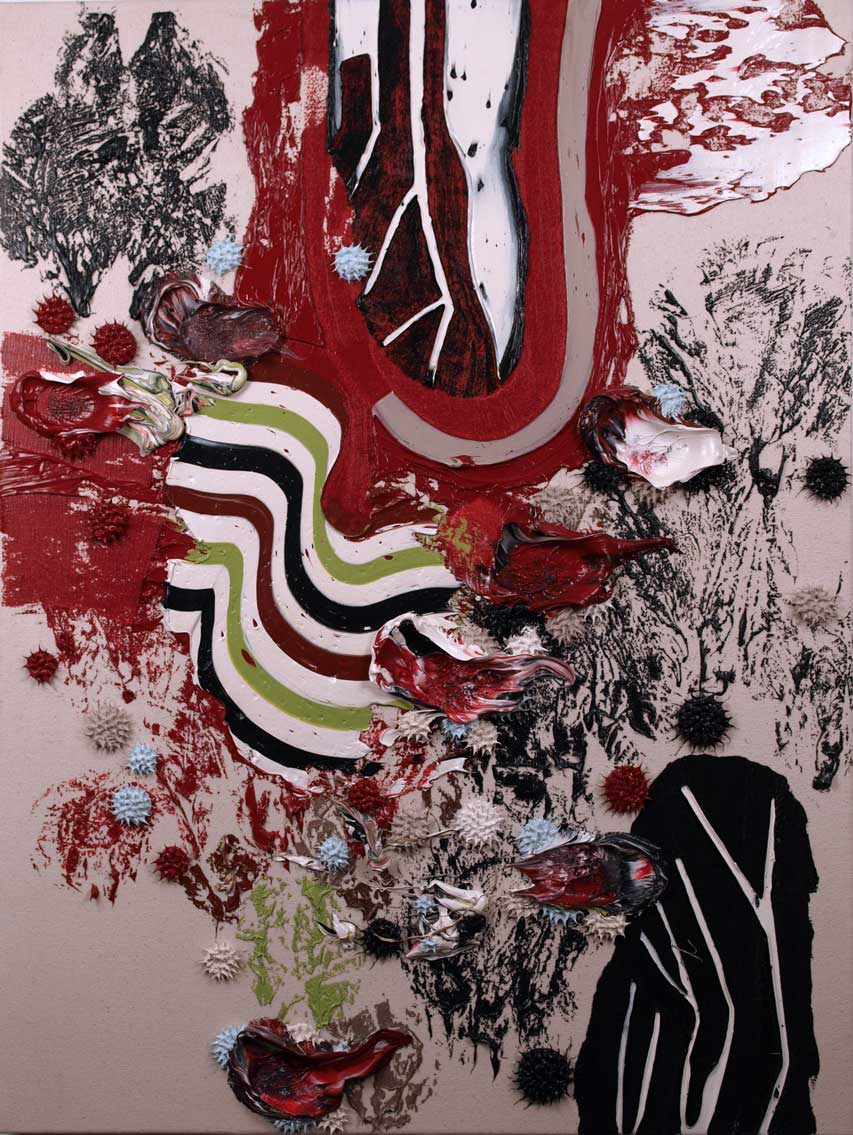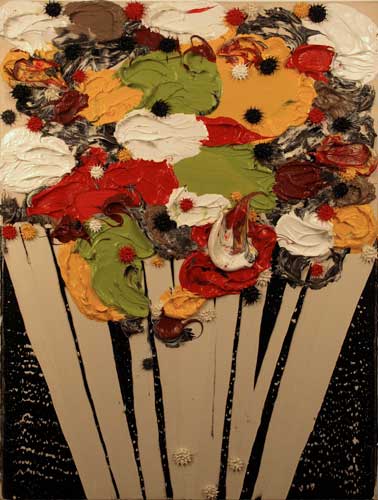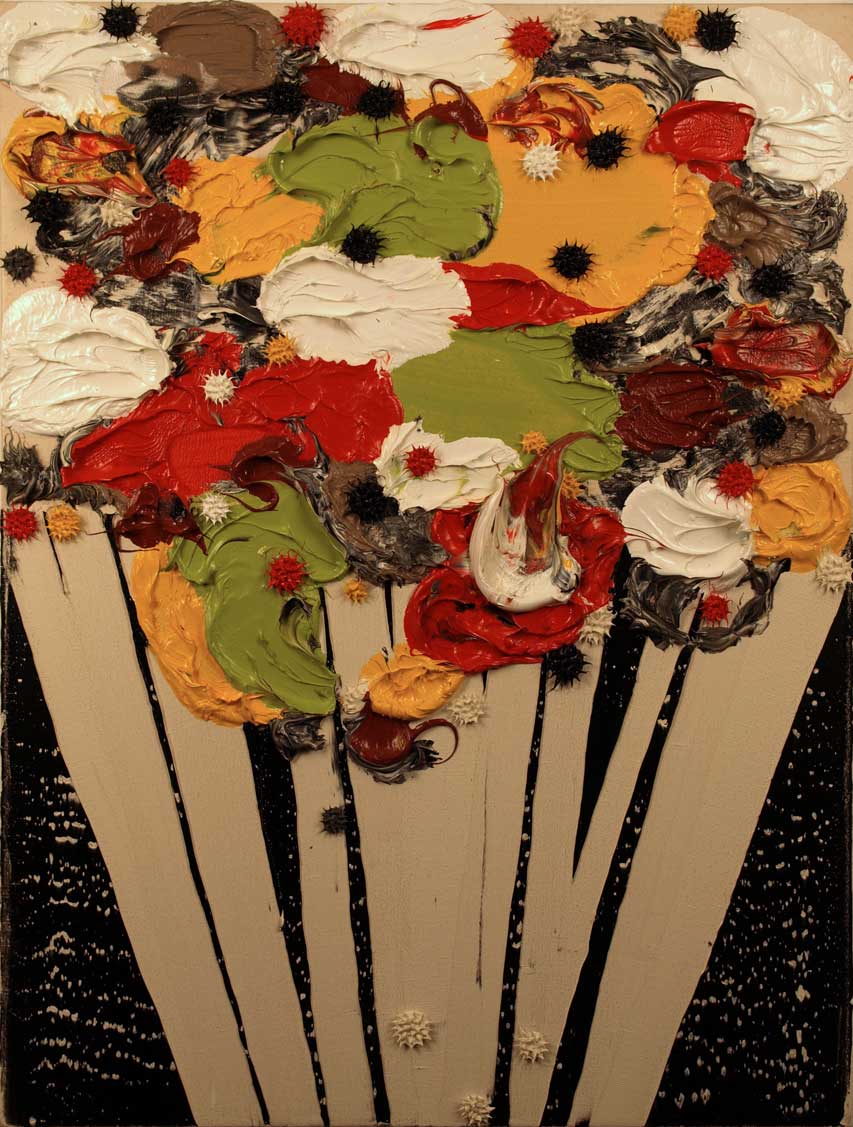January 26, 2013
January 23, 2013
Opening Tonight
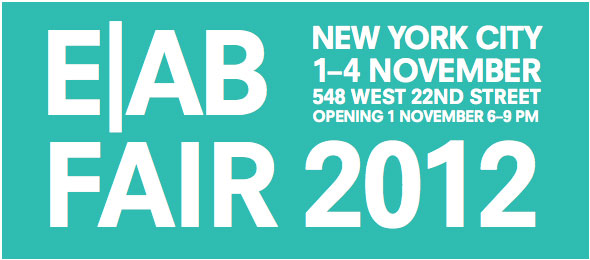
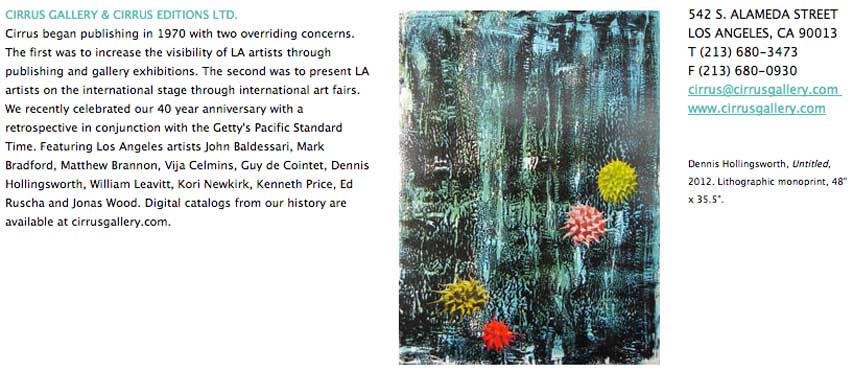
Background on the print.
Link to E/AB Fair
January 17, 2013
Like That But Different

Background links here, here, here and here.
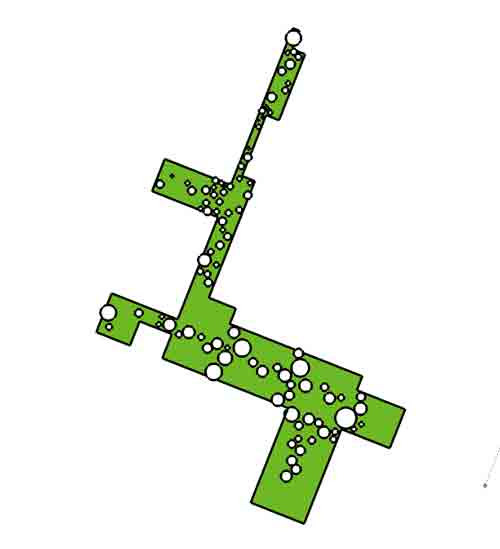
(Click on the image for context.)
January 15, 2013
LES, Represent!
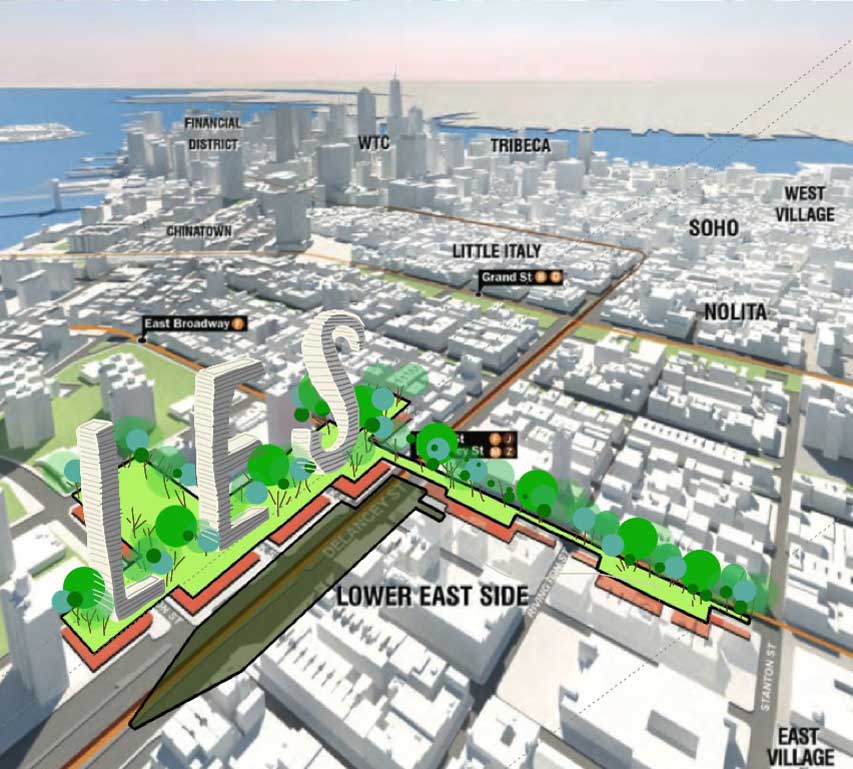
Size the font according to the financing algebra from the air rights traded by the 6 story (classically/historically scaled, LES style) blocks built below.
You do the math.
Background links here, here and here.
January 14, 2013
January 13, 2013
SPURA My Way
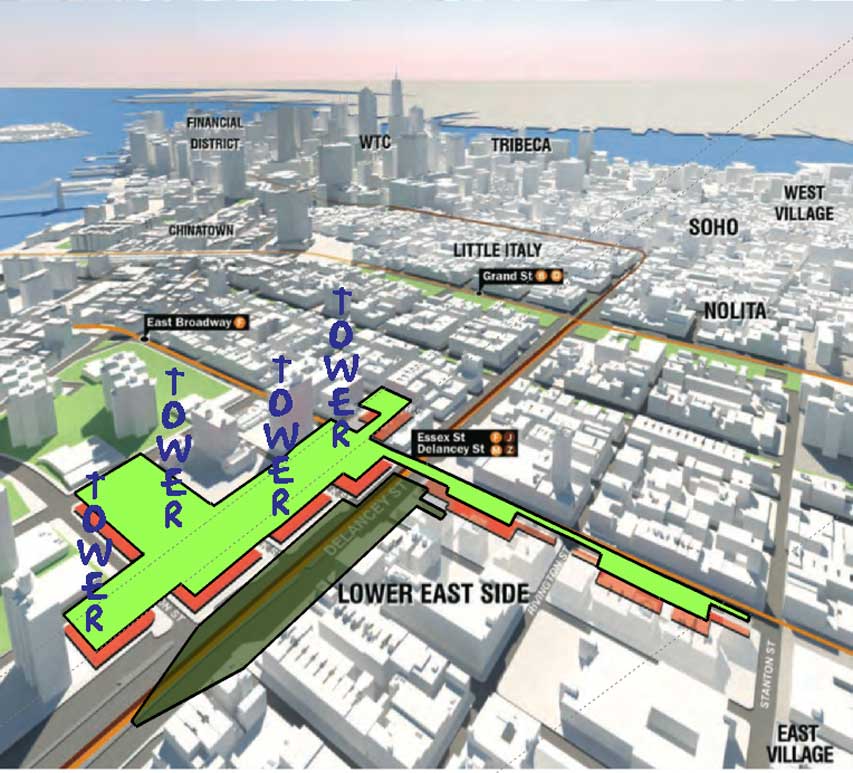
Apropos of this and this...
* The orange blocks = 6 storied buildings in the existing pattern of historical LES urbanism.
* The green = a raised platform of parkland, another elevated highline, fatter this time and not a remnant repurposed. Perforate as needed for light and air below.
* Darker green: a subterranean park made from old Delancy Station, interwoven with the elevated Seward Park above.
* Towers get their air rights from the buildings in the orange zone in exchange for a park and compensation for the costs of building in a more expensive era. When you build, you have to borrow money which has to be paid back, naturally. As time passes, money is worth less, the standards of habitation and the cost of living naturally increase, the more expensive costs of construction seek more rental/lease income in order to pay it back, leading to ever increasing density, and alienating scale.
Transfer the pressure of density aloft to the towers and preserve the scale of the street. I wonder how tall and thick the towers have to be in order to compensate for the costs of the park and the subsidy for the LES blocks below?
The lion layeth with the lamb? Corbusier's Paris plan and the old Paris too? Having your cake and eating away? Robert Moses and Jane Jacobs in collusion, on a date? Is this an ideal that one can only point to and never relish the realization? Maybe.
Maybe not.
Ideally Speaking
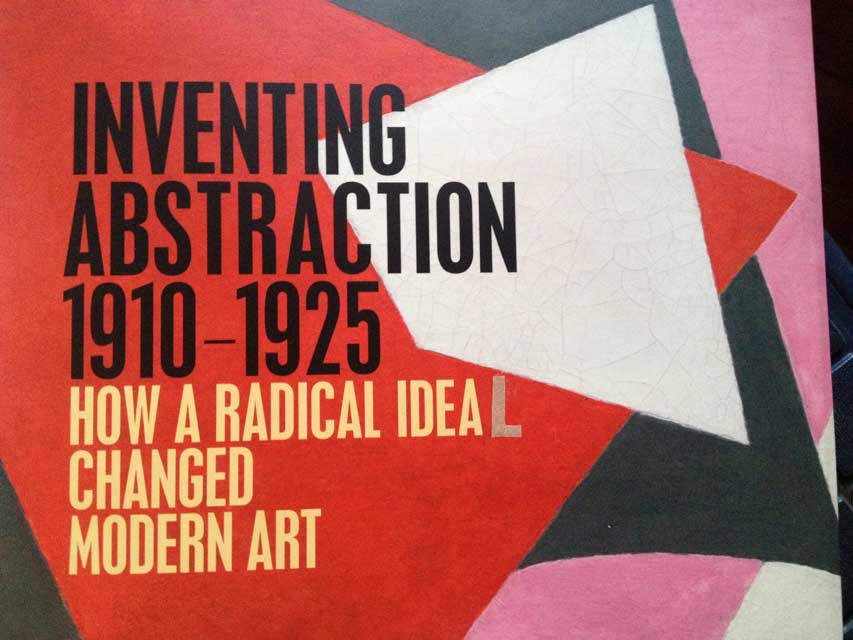
Note to self:
1- "Inventing"? Overtones in quick succession: of industry, the Industrial Revolution, patents, Edison and Ron "Ronco" Popeil...
2- Abstraction, singular? It is yet plural. Abstractions.
3- 1910-1925, the core idea in the show. The old chestnut: when you have an idea, several other people all around the world are having that same thought, and only a few act on it.
4- RADICAL! Oh, so exciting!
5- IDEA IDEAL. Ideals are indexical. They're act as MacGuffins, actually getting "there" misses the point... or pointing.
6- It didn't change Modern Art, it was/is Modern Art.
45 Minutes on a Good Day

East 63rd
2nd Street
East Houston
Bowery
Manhattan Bridge
Flatbush Avenue
4th Street
32nd Street
AIRPANO
Hat Tip
Seward Down
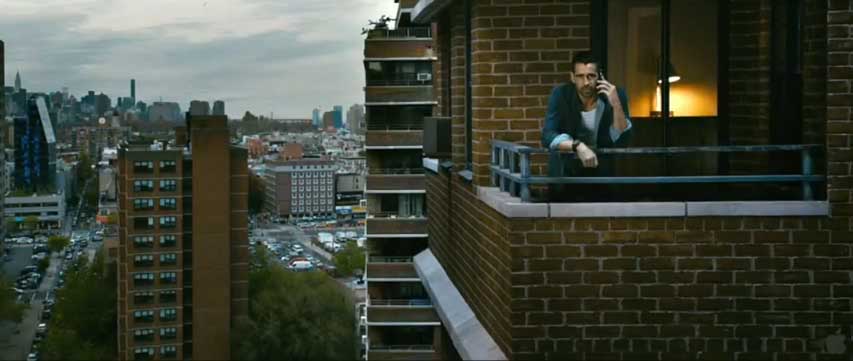
The Low-Down: Scenes from the Set of "Dead Man Down"
IMDB
Dead Man Down Official Trailer #1 (2013)
January 9, 2013
January 7, 2013
2 Openings: LES Sunday

Forget About the Sweetbreads
January 6th- February 3rd, 2013

Sharon Butler: a solo exhibition of new paintings: "Precisionist Casual"
January 6 - February 17, 2013
Pocket Utopia is pleased to present "Precisionist Casual," a solo exhibition of new paintings by Sharon Butler. The exhibition will feature Butler's stapled, washed canvases, unstretched yet arranged on stretchers. Butler finds herself pulled between the worldly confines of the Precisionists of the early twentieth century and the fey liberation of today's Casualist abstraction. Like the Precisionists, Butler is drawn to urban settings, structures, and HVAC architecture - all in evidence from the windows of her Bushwick studio. Yet, like the Casualists, she seeks a mode of presentation that evokes more than the triumphs and laments of industrialization that earlier artists have already plumbed so well, embracing those inconsistent realities and searching for new ones.
January 6, 2013
January 2, 2013
Inventing Abstraction, 1910-1925

Abstraction, like representation, is not a destination, it is an ordinate. There is no there, there.
ABSCISSA
Abstraction is art evacuated of, relieved of the business of representation or mimesis. Representation, therefore, is the concatenation of abstract elements that froth like quantum foam in lived reality.
But even after photography displaced the effort to conjure a semblance of likeness, the natural human tendency to project the world yet still restores representation to art. This was Picasso's point. "There is no abstract art. You must always start with something." Was this Kant's point as well? Isn't it intrinsically impossible to represent the noumena? All we can do is fashion a representation of it in our minds, but the model in our mind is not, cannot be the reality that stands independent of us in the world. If abstraction is not the noumena, is it the eternal forms of Plato, patterns that surpass the shifting forms of appearance? All tracks that lead to abstraction blur into the flurry like the track of an adventure expedition towards the poles.
***
A few notes about MoMA's: "Inventing Abstraction, 1910-1925"
Along with the Picasso, Black & White at the Guggenheim and Matisse at the Metropolitan, MOMA's Inventing Abstraction completed a 2012/13 winter crown of institutional exhibitions that promise to examine the 20th century anew. At the Guggenheim, a view of Picasso's oeuvre through a lens of tonality had shown a new light on the painter's abiding concern for drawing and composition, to see how he toggled color on and off on a regular basis was a minor yet important revelation. Similarly, most people know about Matisse's granularity but few would be able to easily describe exactly what qualities in painting that he was honing in on. Indeed, Matisse was eager to let people into the blow by blow of his process both in his medium and in his mind, as evidenced in his efforts in process documentation (his first reveal of this was at Galerie Maeght, Paris, 1945). With both exhibitions, existing knowledge is upgraded, made much more vivid, both are great shows of ideas that we already had known, but the shows are redeemed by a sense of added value.
The question that lingers for me is whether MOMA's "Inventing Abstraction" is similarly redeemed. Oh, it's a good show, full of work that most artists would be keenly interested to see again. But as I left the show, I wondered what the curatorial intent was, beyond the obvious? Yes, abstraction burst on to the scene, and yes, there was a network of artists who influenced each other, who egged each other on. But is that all that this show was about? Did this exhibition reveal even a little bit more about what we already knew?
I have my doubts.

The core of the show hinges on the diagram of networked influences, which is painted in monumental mural scale at the entrance of the exhibition, and which can be best seen on the museum's website, which of course is interactive and only a little bit richer for the perp cards that pop up for each artist in another web page. Here we have the contemporary problem of translating the virtual web experience into a physical museum exhibition space, clicks and splash pages don't concretize in actual experience very easily. That the connection diagram is another level of abstraction about abstraction, that the network diagram itself is used by the military and law enforcement for busting syndicates and terrorist cells, this must have excited the curators a bit, the meta/ironic is a good sign that we are yet on the path of modernity. But each level of abstraction in this case is a remove from the world and the rinse of information is redeemed only by the promise that the resultant abstraction tells us something essential about the world that it is removed from.
I doubt this.
What do we already know about this topic and does this exhibition enhance this existing knowledge? We knew that these artists were mutually acquainted. And we already knew, albeit dimly, that modernity emerged from a Shock of the New. One example of the enhancement of the first case is a show that I had seen at Barcelona's Museo Nacional D'Art de Catalunya, that traveled from its origin at the Tate. This exhibition was entitled "Duchamp, Man Ray, Picabia, The Moment Art Changed Forever", a banner that is similar to MOMA's "Inventing Abstraction 1910-1945, How a Radical Idea Changed the Art World", in that there is a promise of the singularity of change: A Radical Idea, A Singular Moment.
The role that the diagram took in the creation of the show was an interesting aspect to think about. In some way, it was the exhibition entirely, as if sketched on a napkin, notation is another form of abstraction, isn't it? (Notation as abstraction, now I'm thinking of Joanne Greenbaum's telephone note pad-like compositions or Sharon Butler's Precisionist/Casualist moniker; both artists are having shows this coming weekend in the LES.) But an idea sketched on a napkin should be a prelude to an promised avalanche to come. In "Duchamp, Man Ray, Picabia, The Moment Art Changed Forever", I had a vivid idea of how these artists hung out and exchanged ideas together. In the juxtaposition of artist to artist in the MOMA show, very little of the inter-insemination was present at all.
I think we should honor the memory of Robert Hughes by embracing the idea that his conception of modernity, that it was born in a "Shock of the New" by highlighting and emphasizing this as a conceptual lynchpin. The New was SHOCKING. We have to take the trouble to mount ourselves in the turning mindset of the time, how old foundations of certitude crumbled and a novel idea, of an immanent future, a mindset that we are all too comfortable with today, inspired AWE and WONDER.
Essays in the exhibition catalog mention the sinking of the Titanic as a world shaking event because of the use of the telegraph in communicating the news in real time for the first time. I think that this point should have been made with more emphasis with a combination of others like it, for others abound in that period of history. Think about the awe that people had of the newly created flying machine. Wasn't Malevich's formulation of Suprematism created with the image of aerial photography in mind? The tilt that removed the horizon didn't reveal abstraction but yet another form of representation. Surely, artists from ever onward sought out disorientation as a method of creating the unease that is similar to the digestion of each turn of modernity. The problem augments with each successive incorporation of the strange into a new conception of reality. And the effort to fix one's focus on unease itself tends to result into the white-out blizzard of the static monochrome (such is the instability of the compass as we come nearest the poles) and yet another representation rebounds. What I'm suggesting here is that symptom of irrepressibility is something to pay attention to.
We had experienced at that time, the insatiable and disorienting feeling that the once timeless order of life was overturned and a new one had to be created at once. I relate this to the difference between velocity and acceleration, with the emergence of the modern epoch, civilization and culture accelerated so radically that we can only relate to this by imagining a similar change in the condition of life, such as the invention of the teleportation of matter, or an actual encounter with intelligent alien life, or if the production of energy was indeed made with ease and without negative environmental consequence. With discoveries of this dimension, all of us would rethink the nature of our civilizational norms, and as surely as we are already acquainted with this state of mind, its' quickening of it is what tends to fall out of our awareness in the natural erosion caused by natural human complacency. Velocity is my correlate to the way we take life for granted. Today we are traveling much faster than the zero to sixty acceleration that we were subjected to in the turn of the last century. We can now only imagine the power required to throw us back into our seats as we were once so long ago.
